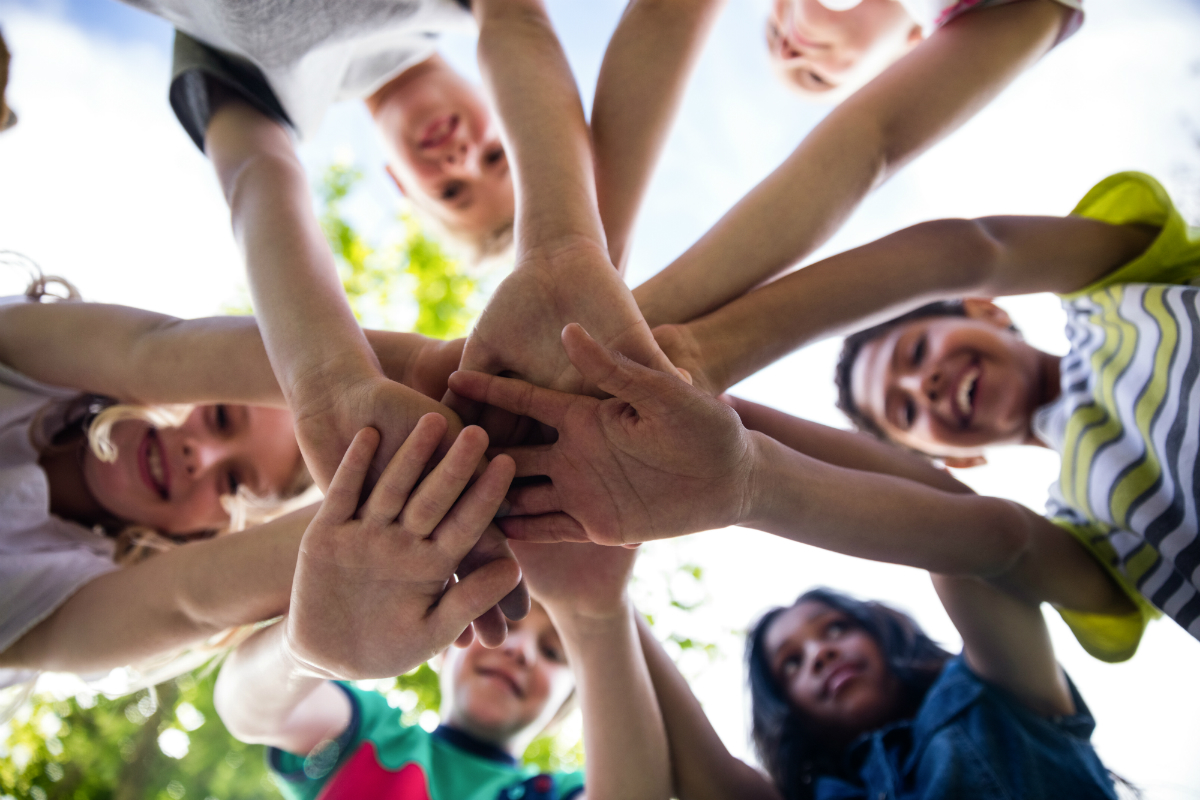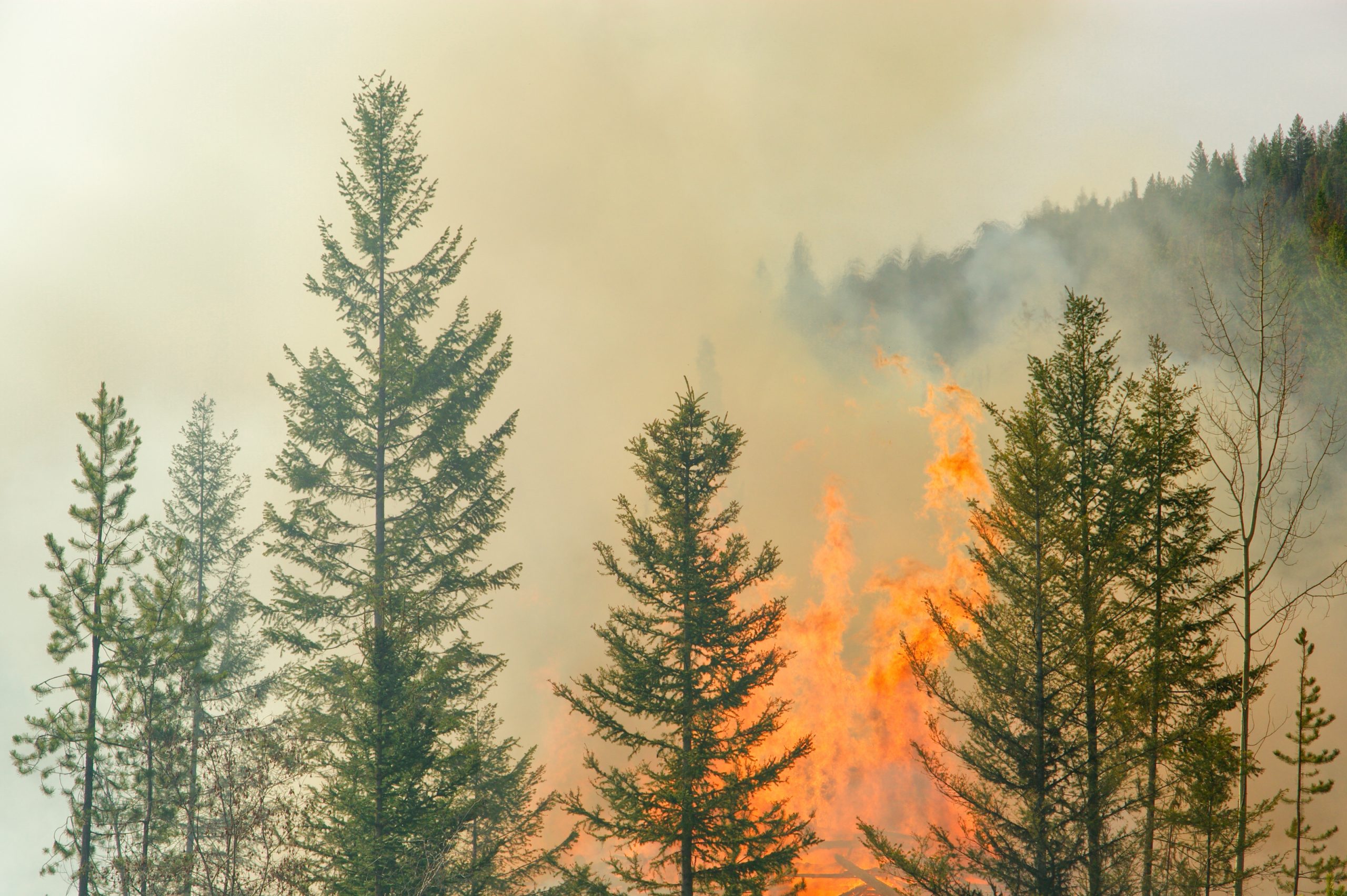Project Cal-STOP is a violence prevention and mental health training program for students and staff in California schools. Launched by the California Department of Education in 2019 with funding from the STOP (Student, Teachers and Officers Preventing) School Violence grants from the U.S. Department of Justice, Project Cal-STOP aims to help schools create a safe, welcoming and inclusive environment through a number of trainings and resources available to local educational agencies at no cost.
During a Sept. 12 Project Cal-STOP informational webinar, project consultant Hilva Chan noted that since students returned to school full time from pandemic closures, there has been an increase in reports of bullying and harassment by seventh graders, a drop in school connectedness in grades 7-12 and a decrease in perceived caring adult relationships.
“School safety more than physical safety,” Chan said. “Having emotional safety, where students feel safe, is as important as the absence of threats of violence. It is a feeling that you’re safe walking down the hallway … Positive school climates support students’ mental well-being, encourage pro-social behaviors and reduce disciplinary issues. Most importantly, positive school climates with trusted relationships increase the possibility that when students see something, they may say something.”
The webinar focused on three programs offered by partner Sandy Hook Promise, a nonprofit organization founded and led by several family members whose children were killed by a gunman at Sandy Hook Elementary School on Dec. 14, 2012. The organization’s goal is to empower youth to “know the signs” and take meaningful actions in schools, homes and communities to prevent gun violence and stop the tragic loss of life.
Sandy Hook Promise programs
Sandy Hook Promise West Region Manager Dion Chavis cited a study done by the U.S. Secret Service in 2021 that looked at 67 school attacks involving gun violence from 2006–18 that concluded that “individuals contemplating violence often exhibit observable behaviors, and when community members
report these behaviors, the next tragedy can be averted.”
“The analysis of 67 averted school attack plots contained in this report demonstrates that there are almost always intervention points available before a student’s behavior escalates to violence. Students who plotted school attacks shared many similarities with students who perpetrated school attacks,” states the report.
Sandy Hook Promise offers three free programs, which research has shown effectively teach youth and adults how to prevent school violence, shootings, and other harmful acts. Students and educators learn how to identify at-risk behaviors and intervene to get help. These early-prevention measures empower everyone to help keep schools and communities safe.
Start with Hello
This program for K-12 students teaches students to be more socially inclusive and connected to each other by identifying and minimizing social isolation. Through three simple steps, students build connections and increase feelings of belonging in school. If you (1) see someone alone, (2) reach out and help by (3) staring with “hello!” This is a 45-minute, virtual training for students and staff.
Say Something
This program trains and empowers middle and high school students on how to look for warning signs and threats — especially in social media— to take it seriously, act immediately and say something to a trusted adult. It teaches students and staff to recognize the different types of warning signs or threats and how to spot them, strategies to take action and overcome potential barriers to being an “upstander” rather than a “bystander,” and how to intervene by telling a trusted adult or using an anonymous reporting system. This is a 45-minute, virtual training for students and staff.
SAVE (Students Against Violence Everywhere) Promise Clubs
These student-led clubs allow participants to continue to practice the lessons learned from the other two programs and organize activities on campus that promote a safe, respectful and inclusive climate. These clubs recognize the unique role that young people play in making their schools and communities safer. Virtual trainings for club advisors and students is provided and participating schools will receive activity guides, event announcements and are eligible to apply for stipends to support club activities.
“We know that school shootings and violence are preventable,” Chavis said. “Once schools began to use a strategy of upstream prevention that is laser-focused on building knowledge and skills at all levels, they begin to see a shift in the culture. And the best way to do that is by knowing the signs.”





